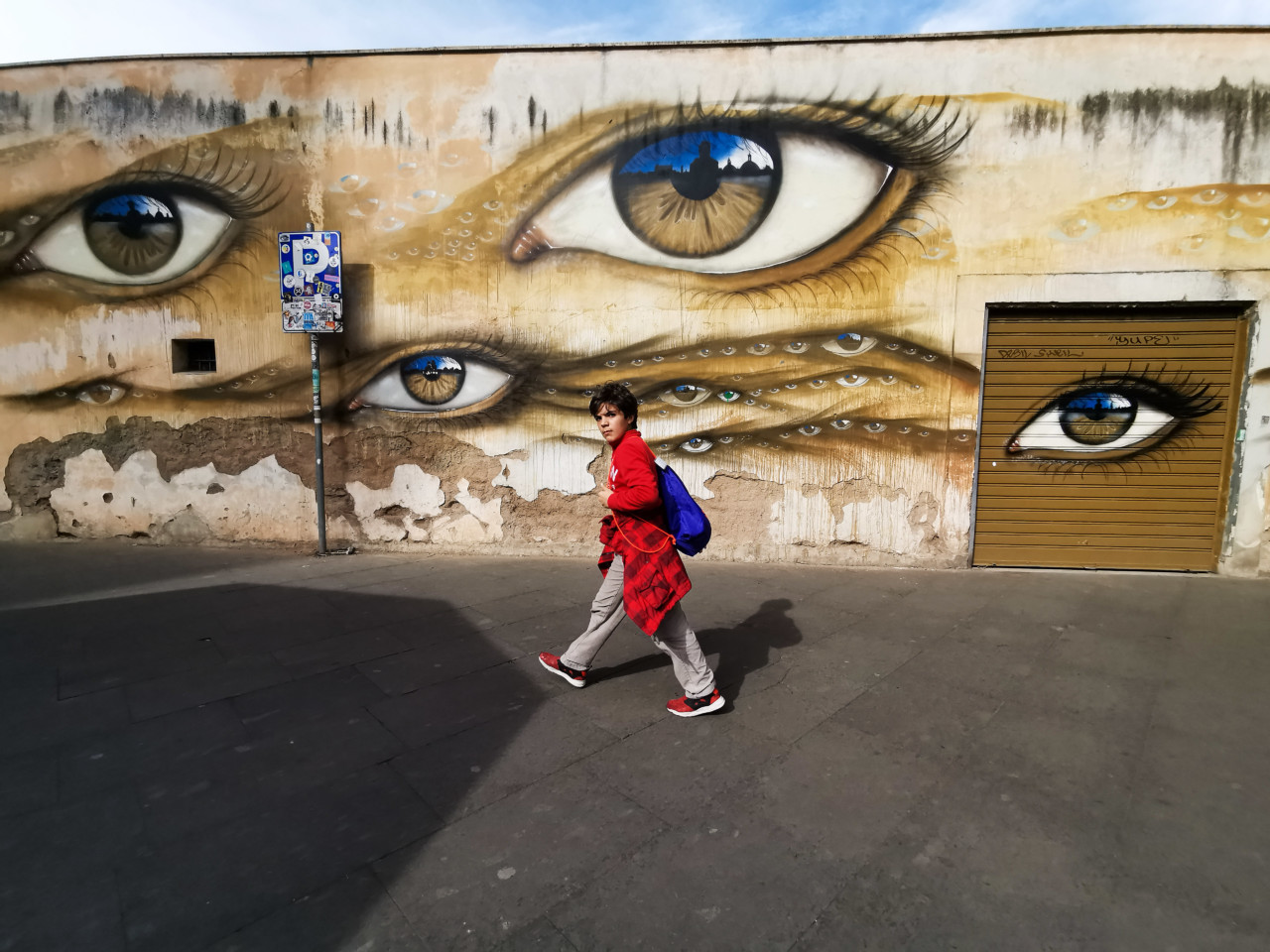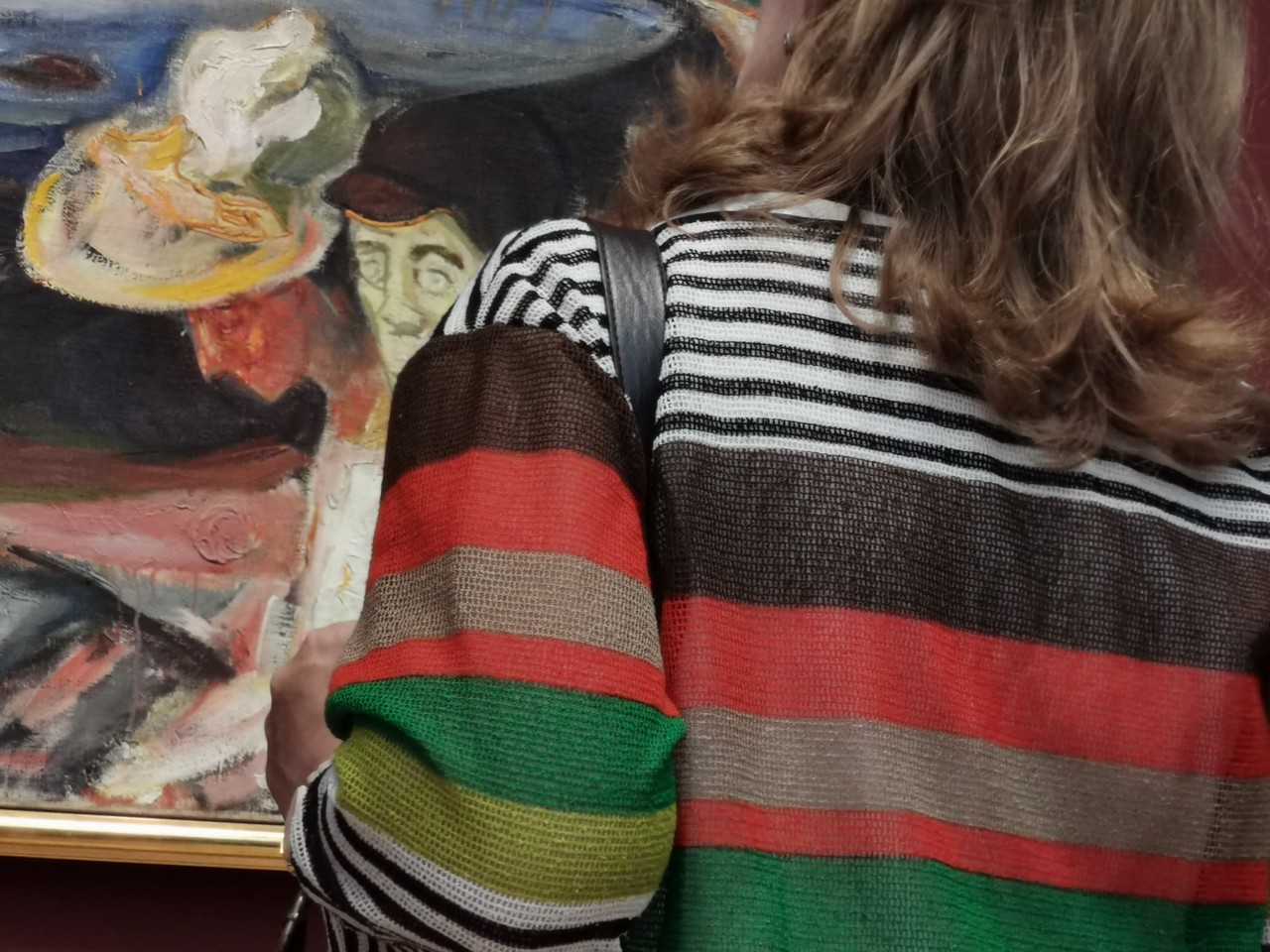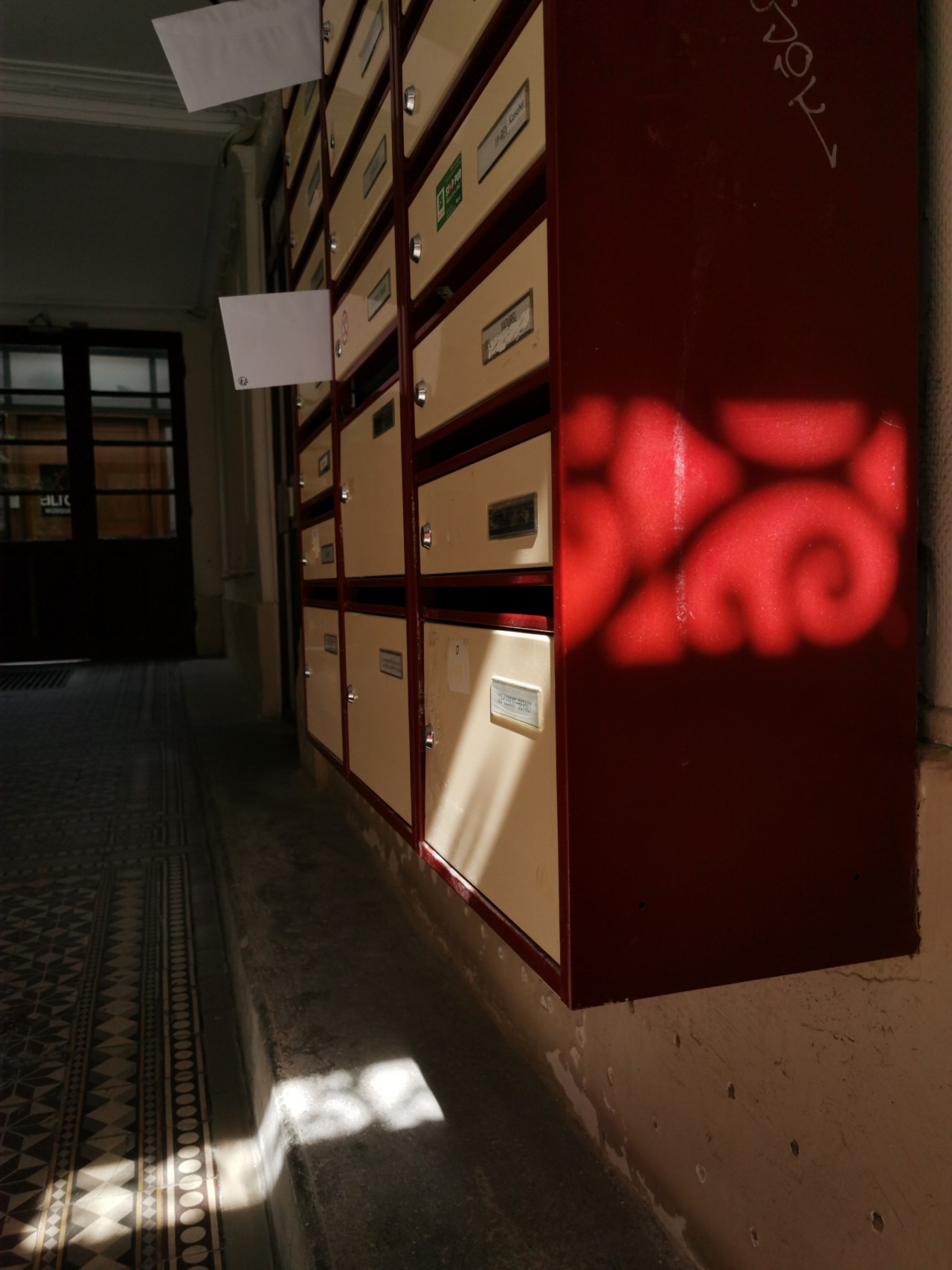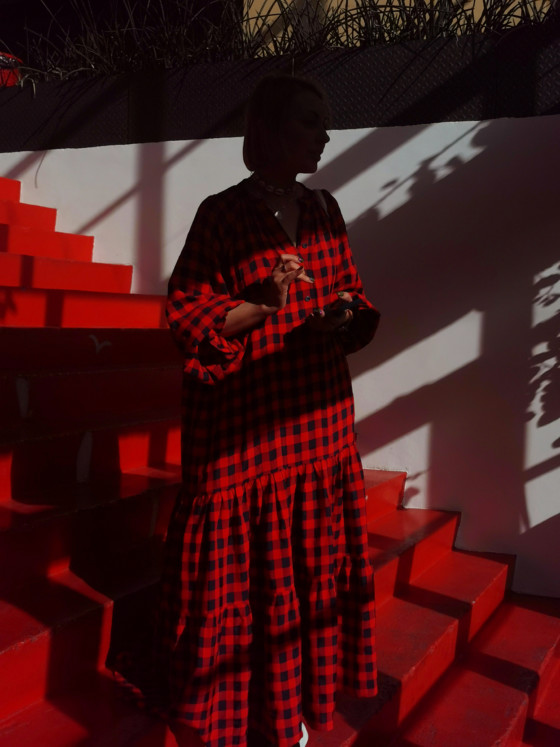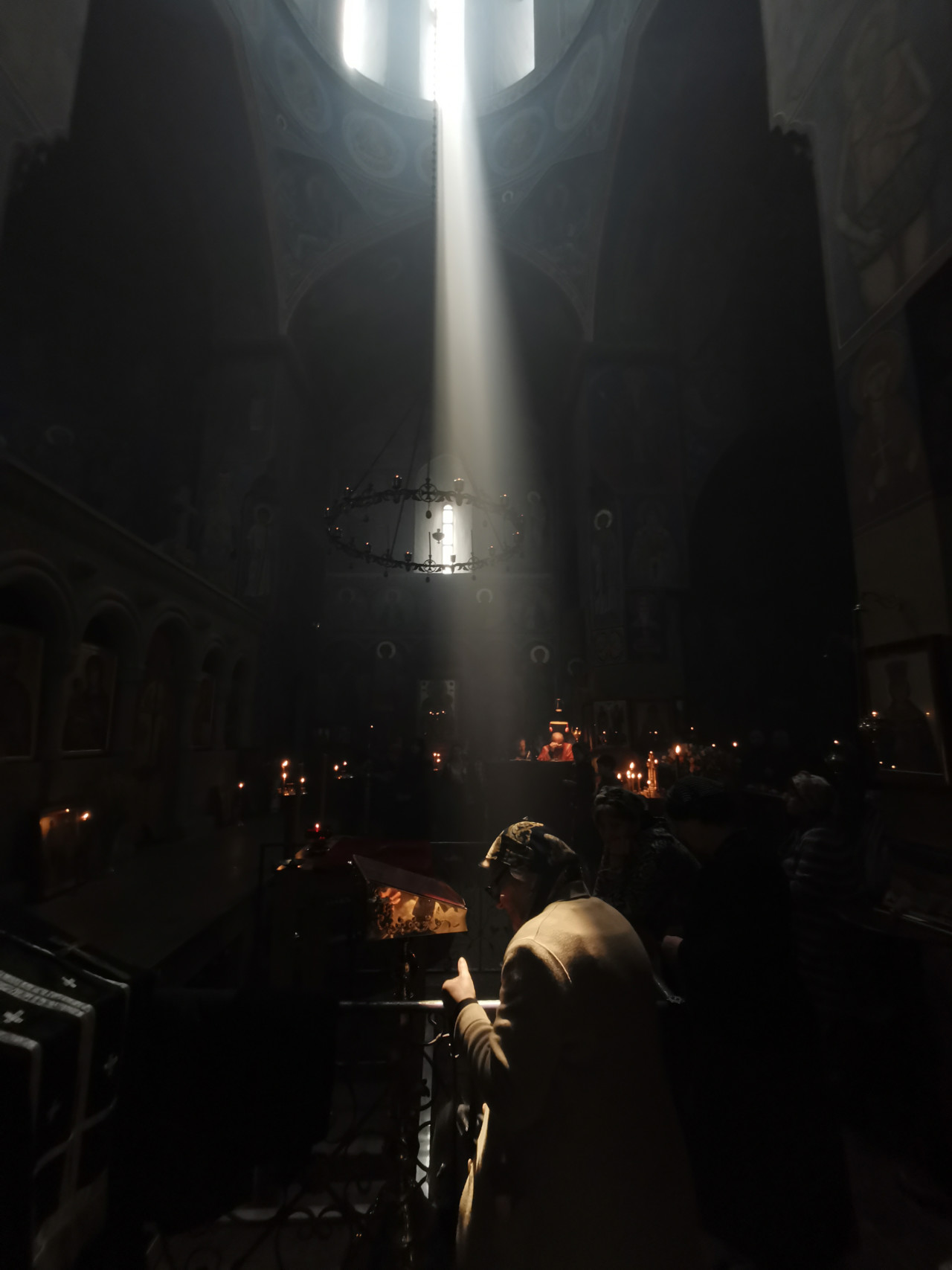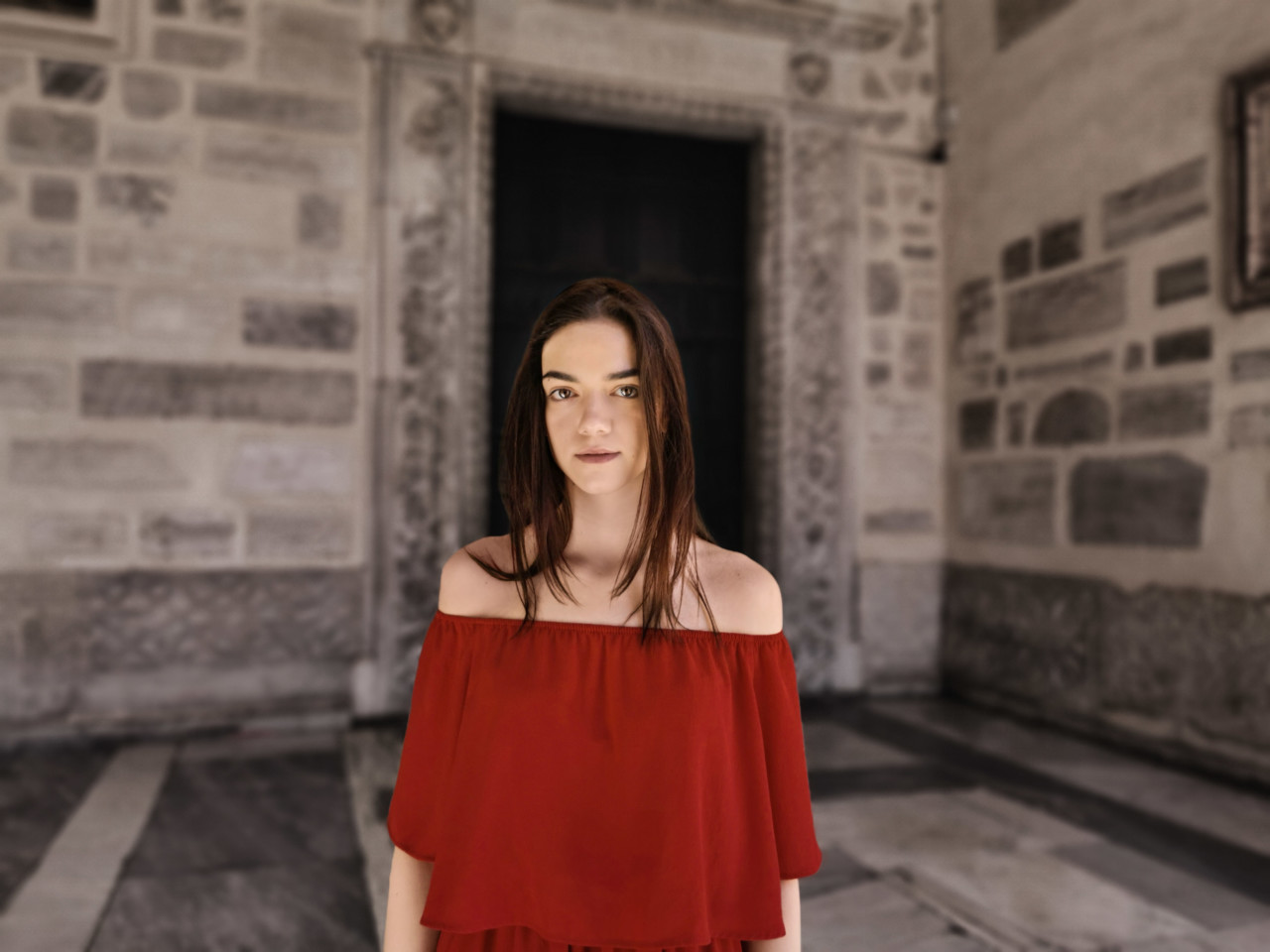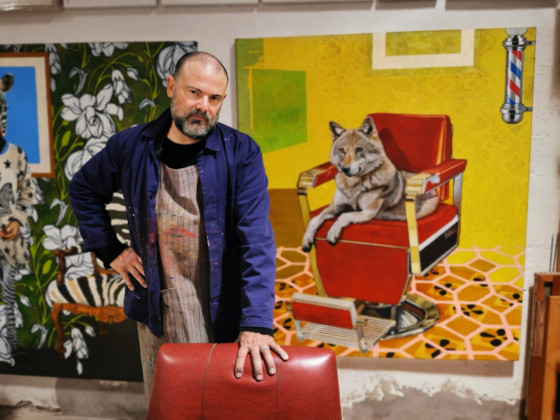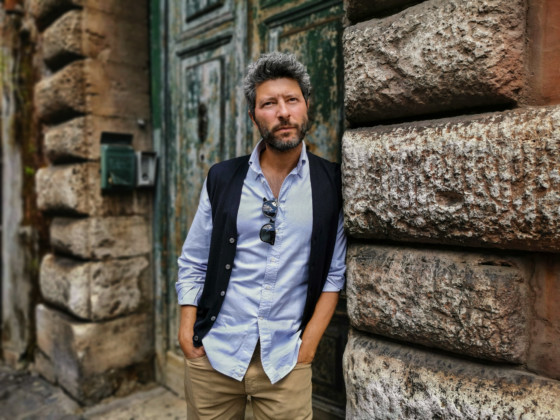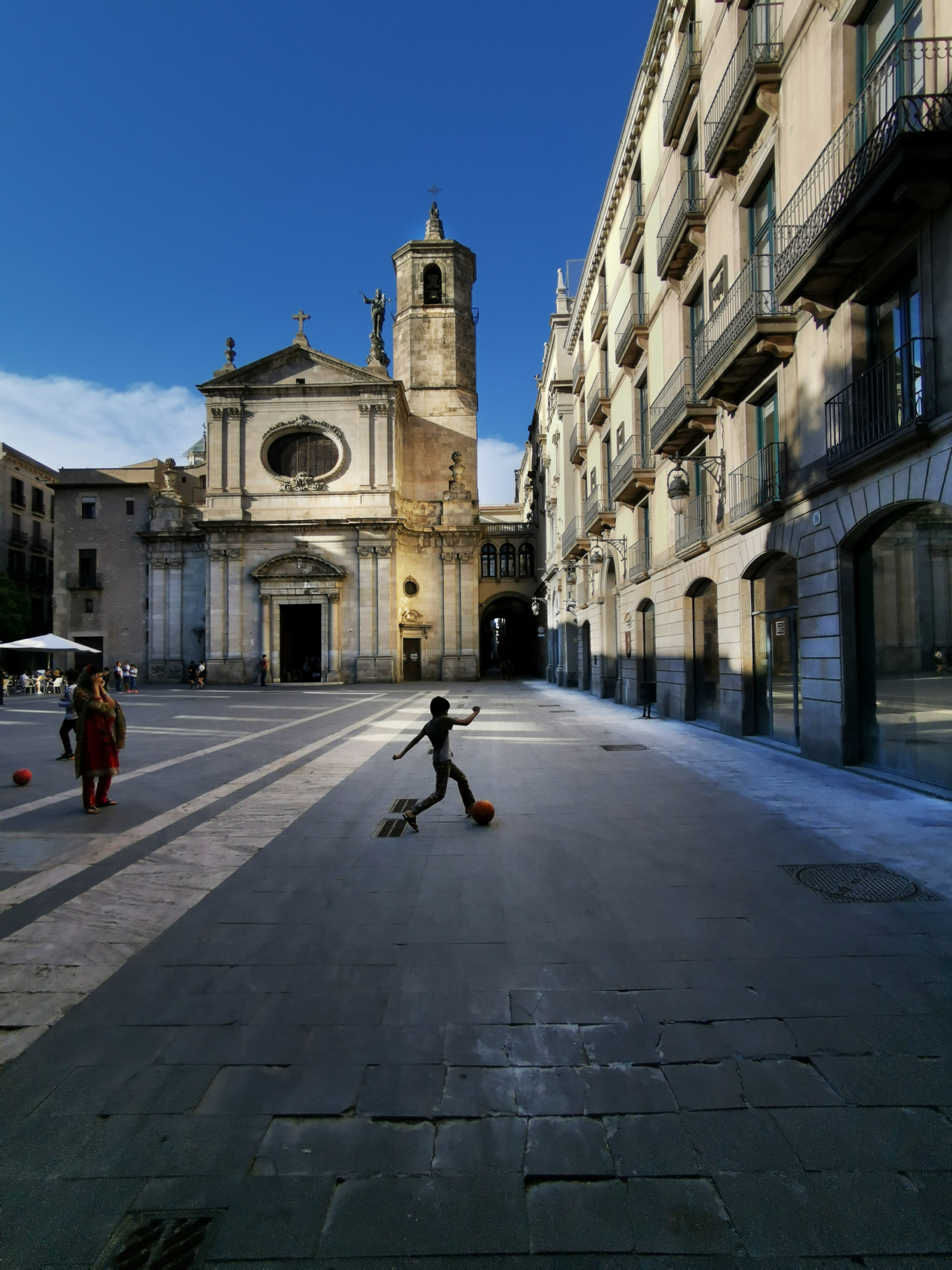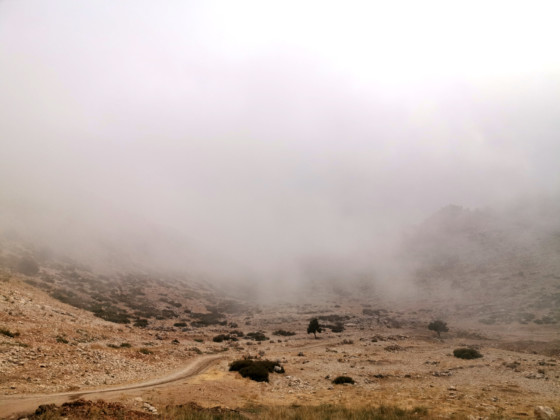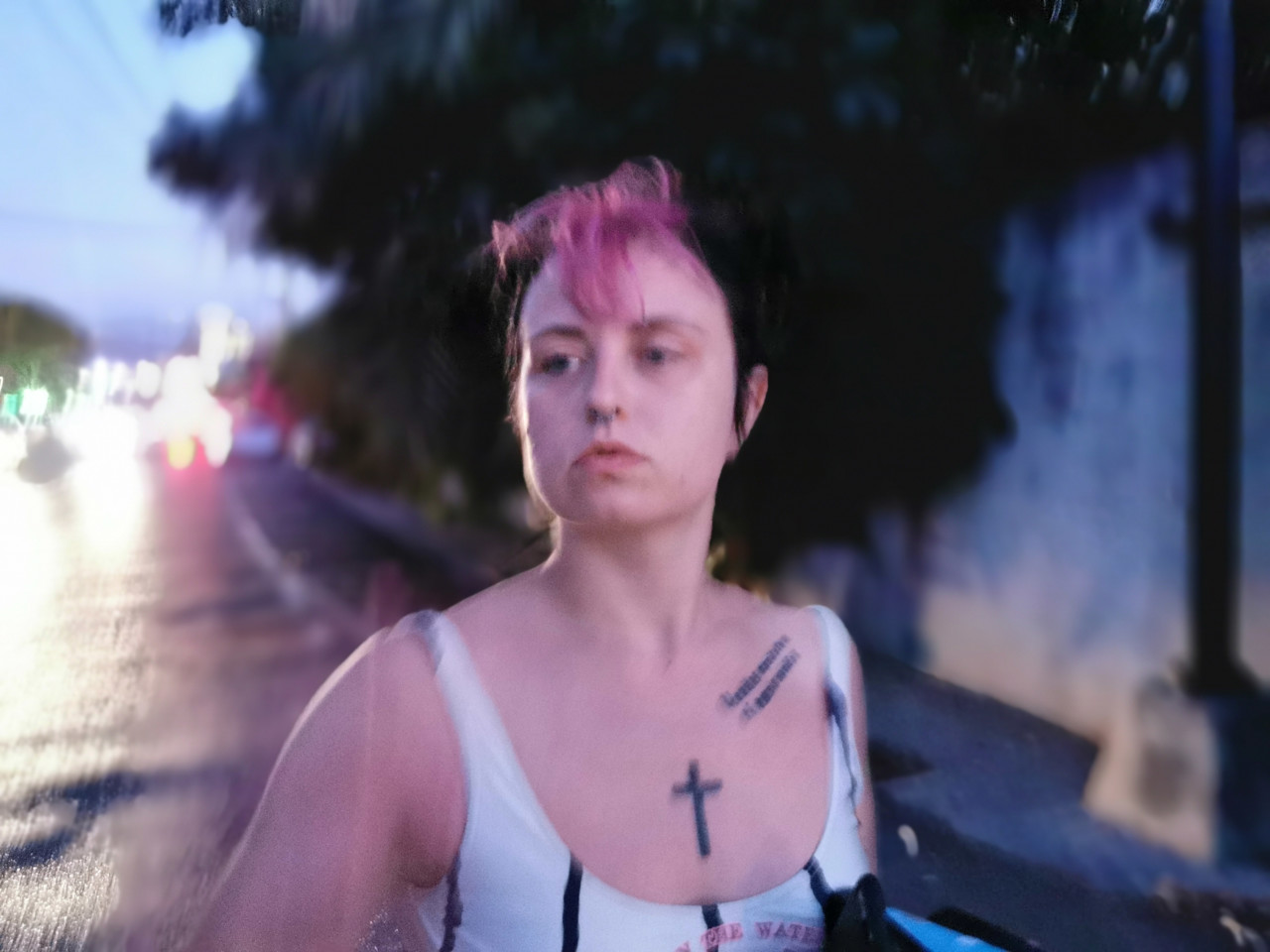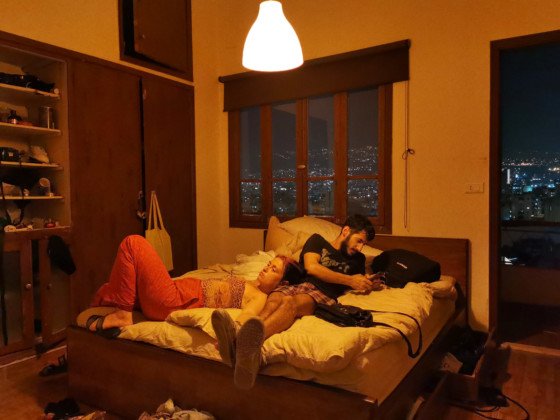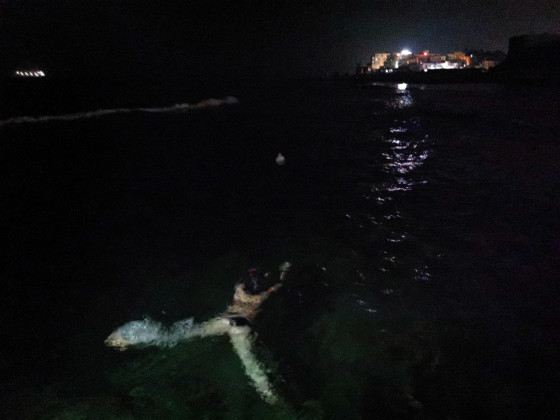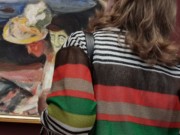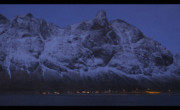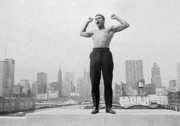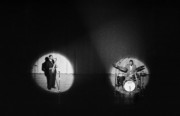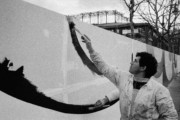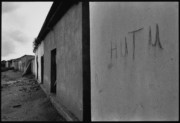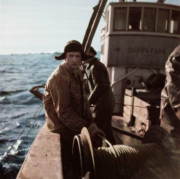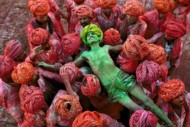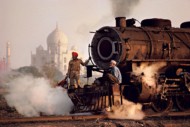On Making New Work: Thoughts from Three Magnum Photographers
Magnum photographers who made up the 2019 Huawei NEXT-IMAGE Awards panel reflect on their working processes
 Huawei NEXT-IMAGE Awards
Huawei NEXT-IMAGE Awards
Magnum photographers Bieke Depoorter, Steve McCurry, Gueorgui Pinkhassov, and Alec Soth were judges on this year’s Huawei NEXT-IMAGE Awards. Below, we share a selection of work made by three of the panel members using the Huawei P30 Pro, accompanied by their thoughts on the attributes that are key to making award-winning photographic work. The most recent chapter of Depoorter’s project ‘Agata‘ was shown in a special exhibition, alongside the work of the six category-winners and the 50 runners-up, at the Huawei stand at Paris Photo.
Since 2017, Huawei’s NEXT-IMAGE Awards have invited photographers from around the world to submit images made on mobile in the hope of winning a place in the NEXT-IMAGE Awards exhibition at Paris Photo. This year’s competition saw more than 520,000 submissions – from over 150 countries – divided among the competition’s various categories: “#Emotion Tag,” “Hello, Life!,” “Faces,” “Going the Distance,” “Life Now,” and “Storyboard.”
You can learn more about Huawei’s NEXT-IMAGE Awards and see videos of Depoorter, McCurry and Pinkhassov at work, here.
Gueorgui Pinkhassov
“Photography is based on intuition – the hunter’s instinct or reflex action. However, it’s not only content that matters but also the form. Cartier-Bresson referred to this as “geometry.” I’m very attached to the metaphor which he used when comparing photographers to cats: lazy, careless, indifferent before the twinkle of the sun comes out. Then they react in a flash.
As a photographer you should be open to a failure. People with high self-esteem should change their ways or quit photography, there is no place for it. In any other form of art one can try to repeat your luck, in street photography you always start from scratch. You have to wait a while after shooting – forget about the pictures you took, put them aside. Later, when you go through the images, chuck out the hopeless ones and make a thorough selection of the best shots out of those left.
You have to renew your knowledge and references constantly: go to exhibitions, look at old and new masters, work and think. Life itself within the frame of a camera suggests a limitless amount of choices. You make the first choice with your eyes, the second with your viewfinder, the third comes from the irregularities and accidents of shooting. The fourth is in the selection of images. An important tip: be very generous when you shoot and very stingy when you select.
Any person using the same equipment and editing well can get similar results to yours. That’s why the most important role played in street photography is that of accident. The best mindset for a street photographer would be to not want anything in particular, to not expect anything. Become passive. It’s important to accept this Zen-like emptiness and react only with a shutter button. Of course, the right camera is important too – it has to be light, silent, light-sensitive and quick. Later, when you go through the pictures you realize that the best shots are the ones you didn’t expect.”
Steve McCurry
“My ambition at an early age was to travel and see the world, and that’s what I’ve done for fifty years now. I think what inspired me to be a photographer was filmmaking and cinema: while studying film I discovered still photography. Rome is continually inspiring as a place to take photos: there’s always a twist, there’s always something amazing. One of the great things about photography is just wandering around and exploring a place with your camera. It’s about life, about being here, and being present – enjoying your time in the world.
When I’m out, I’m looking for people that have character. People whose faces tell a story: something that speaks to me about their humanity. I use a mobile phone almost every day. It’s so handy, so unobtrusive, you can really shoot very quickly. It’s quiet, its discreet.
A good portrait is one that says something about the person in the picture. Maybe some emotional component, or something you can see, and can relate to in your own life. Maybe it even teaches you something. I think portraits can tell powerful human stories; there’s a chemistry or magic that can happen between a subject and a photographer – something in their expression or look which really speaks to you in a very deep, profound way. And when that happens you want to record it, you want to photograph it, you want to remember it and share it with other people because it has some deep meaning to you. “
Bieke Depoorter
“When I was 18, I decided to study photography. I was really attracted to images. The people I meet in the street often invite me into their homes, or I invite myself in. This all started out in a very documentary-led fashion: trying to capture the intimacy of the family. I have a temporary studio in an empty house in Ghent, and in there I feel like anything is possible. Probably, this house has become an extension of what is happening in my mind.
I often create my own stories and atmospheres in my mind, and at night I can use other people to tell these stories. I see different things at night. It’s when people become their more real selves, so for me it important to use a camera that allows me to shoot in the dark, with ability to function in low light.
I often work on a number of projects at once, and it can be quite chaotic. Books are very important to me; they allow a one-on-one relationship between the viewer and the photos. For me, it’s important to take pictures of the processes behind work – those of making and editing books for example. It’s important to show that process but also of course it’s important as means of saving a memory of what one was working on at a given time.
I think it’s important, whether you take a picture with a phone or a camera, to tell small stories that are close to you. A lot of my work is about how to stand on an equal line with the people you take pictures of. I can say it’s about those people, but a lot of it is probably about myself as well…”


